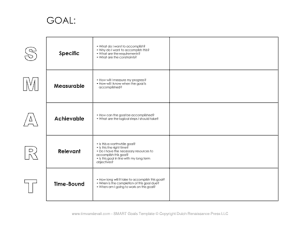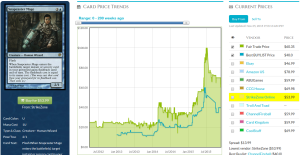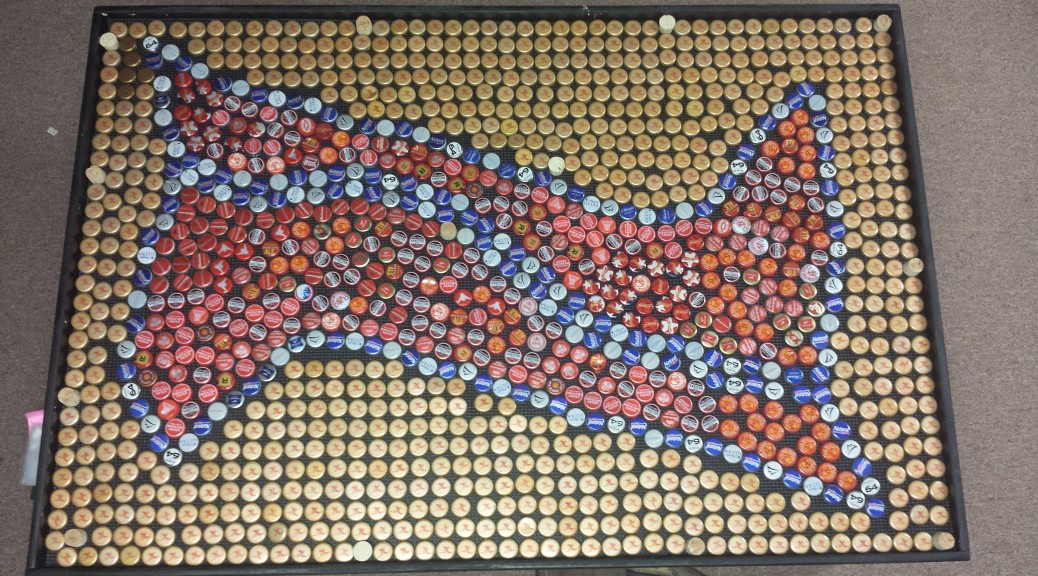When my coworker Sigmund Ausfresser posted his article for the week on Monday, I almost had a heart attack because I thought he managed to grab my idea before I was able to put it up for my own deadline later in the week. Thankfully after reading through it, I learned that his content was mostly different than what I plan to write about this week. Instead of struggling to pick out a specific format I want to sell out of, I (and I can only assume many other Magic enthusiasts out there) have previously been emotionally conflicted with selling out of cards for a myriad of other reasons.
One of the more frequent mistakes I made as a budding Magic financier several years ago was letting my emotions and desire to show off my “victory” in my trade binder before I had actually made any money in reality. I remember one of the first singles purchases I ever made online with value in mind was pre-ordering two sets of Inkmoth Nexus for $20 each through eBay, on the night that the card was spoiled. My rationale for making the purchase was definitely flawed at the time because of my semi-casual bias towards infect, and my desire to make some sort of infect deck work in standard. I thought that it would be in every single Standard deck ever, and I knew I would be able to flip the second playset that I had purchased with ease at my local card shop that I had recently started attending in the previous months.
By the time the set was released and my cards were shipped to me, Inkmoth had made it to approximately $10 a piece. My years of calculation and planning had finally come to fruition. The first bud of a future Magic finance empire had finally begun. I would take the world by sto- …..
Except, there was one problem. I never actually ended up selling those Inkmoths. Well, I shouldn’t say that was the problem specifically. You don’t need to sell cards to achieve a goal, and I didn’t even sell cards back then: partially because I didn’t know how, and partially because I actually played Magic. However, I didn’t trade the playset of Inkmoths away either. I let them sit in my trade binder for weeks, even during the several requests of “Would you trade your extra set away?” that I was approached with during the first few weeks of the set’s release. Eventually, the hype over the new infect land had faded, the the price moved to reflect that.
Why? Well, I was proud. Those Inkmoths represented a story to me, even though my initial reason for buying them was “I think this card will be worth more by the time it arrives in my hand, and I will be able to get more trade value out of it if I buy now.” They were a reason for my 17 year old self to humblebrag to the other guys at my shop, and a constant reminder to myself that I had made a smart buy every time I flipped to that page in my binder.
The lesson here, if it’s not too visible already, is to remove emotional attachment from your cards when you’re planning on buying them for strictly financial purposes. As Magic players, we tend to have a tough time with this because the cards are tangible, and we can see our rewards in front of us while using cognitive dissonance to shove aside the failures and bad thoughts. We got into this game on an emotional level, and can have trouble separating business and pleasure when it comes to what we’re willing to sell, whether it’s in our personal collection or investment portfolio.
Personally, I’ve been very loose with my goals when it comes to how much money I want to make through my various streams of revenue in Magic. As a broad goal, I would love to just be able to pay for my graduate school degree, and maintain a sizable collection to use as inventory at the same time. Interestingly enough, players who need to liquidate their collection for unexpected life expensive and are selling at a discount are much better at this aspect of goal setting than I am. Some people need to sell specific decks to pay for rent, to buy a car, or help afford a trip to their next Grand Prix. Due to the fact that I’ve been very poor with goal setting and not having any immediate bills to pay, I’ve grown apathetic in how many cards I currently have listed on TCGplayer, my Facebook posts in the buy/sell/trade groups, and buylisting as a whole. With no immediate need to acquire funds, I’ve gotten really lazy when it comes to selling cards.
Goals in Goal Setting:
If you were forced to go to some sort of goal setting orientation at a job, school, or something else, you’ve probably heard of SMART as an acronym for determining goals that you can stick with, instead of just saying something vague like “I want to sell Magic cards and make money” as a goal.
You’re going to want a particular exit price in mind when you buy cards with the intent to sell. If I buy 5,000 copies of Seance, I need to be immediately ready to sell them (emotionally and physically) if I pick $.50 as my buylisting sell point. I don’t recommend picking a spec and saying to yourself “I’ll sell this when it goes up.” When I bought into He Who Shall Not Be Named, I chose $6-7 as my price point that I would sell out at, after buying in at $3. It can help to write down your projected sell point on the sleeve of the card so that you don’t forget in the long term.
Be firm, and stick to the decision you made a year ago, if and when the card actually reaches that price point that you picked when you purchased it. If you bought into Snapcaster Mage at $35 in late 2014 and decided you would sell at $60, then you need to be steadfast and hold yourself to that number, or else you risk the demand for the card declining over the next several weeks and days. (Yes, I get that Snappy peaked at $80 or something ridiculous, but it’s one of the exceptions to the rule)
Going back to the “paying for a college degree with Magic cards” goal a few paragraphs ago, I’ll use myself as an example for how a more specific goal would help encourage me to list more cards at a time and keep a more constant flow of income happening, instead of just relying on the local players who irregularly ask me to piece together decklists for them.
If I pick a more specific, measurable, and achievable number for a month’s worth of TCGplayer sales, I’ll be able to constantly keep track of where I am in my goal, instead of just guessing on the vagueness of an unclear finish line. To start us off, I’m going to try and have 150 TCGplayer orders in the month of December. If I really work towards it and start listing a larger portion of my collection, this is almost certainly a realistic number for me to achieve, as it boils down to 5 orders a day. Depending on where we end up at the closing of 2015, we can increase or decrease that number based on how close my estimate is to my real potential.
End Step
Having a personal goal to stick to that’s specific, measurable, achievable, and time-bound should help to increase my personal productivity, and remove some of the emotions from the equation to help me focus entirely on the business aspect of Magic. Even now, there’s still a lingering emotional satisfaction when I buy a collection, sort everything out, and have the pile of all of the relevant and listable stuff on my desk. Sometimes it takes me much longer than it should to actually incorporate those new assets into my existing inventory, simply because the cards are tangible in front of me, and the changes in numbers for my bank account are much less so. Here’s to hoping that I manage to fix this personal problem, and help you set some goals in Magic finance as well.




